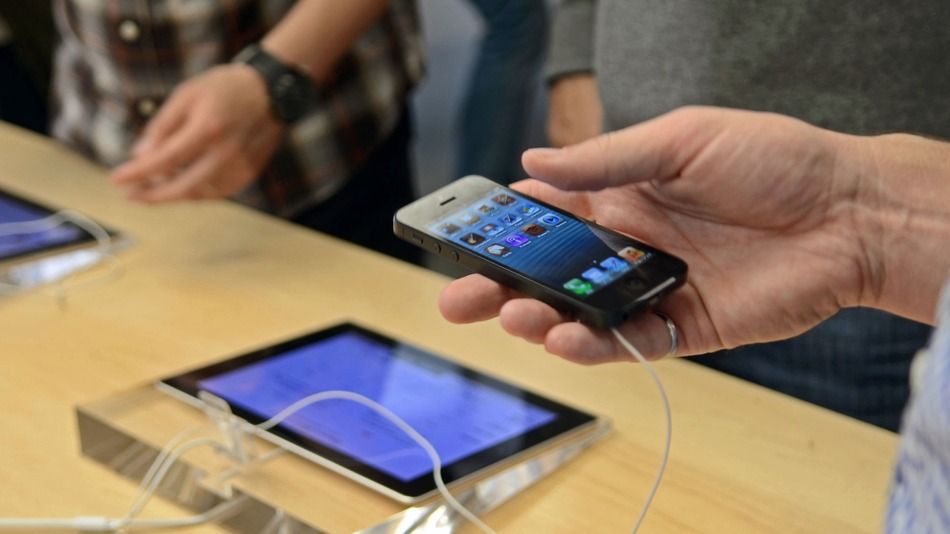-
Tips for becoming a good boxer - November 6, 2020
-
7 expert tips for making your hens night a memorable one - November 6, 2020
-
5 reasons to host your Christmas party on a cruise boat - November 6, 2020
-
What to do when you’re charged with a crime - November 6, 2020
-
Should you get one or multiple dogs? Here’s all you need to know - November 3, 2020
-
A Guide: How to Build Your Very Own Magic Mirror - February 14, 2019
-
Our Top Inspirational Baseball Stars - November 24, 2018
-
Five Tech Tools That Will Help You Turn Your Blog into a Business - November 24, 2018
-
How to Indulge on Vacation without Expanding Your Waist - November 9, 2018
-
5 Strategies for Businesses to Appeal to Today’s Increasingly Mobile-Crazed Customers - November 9, 2018
Apple patents touch-free gestures at close range
The company was granted a patent by the United States for its innovation that promises to “shift the user interaction beyond the screen”. It describes a method in which movement sensors would be able to sense a person’s hand above the display and read gestures made by it. This would allow users to interact with the device in a new way that doesn’t require them to touch it.
Advertisement
Behind the scene, Apple is thinking about integrating tiny infrared sensors inside a multi-touch display.
With multiple proximity arrays deployed on every touch sensor or pixel of the panel, the system can detect a finger, palm or other object hovering over the display surface. But it might not be put into production right away because the Apple developer ecosystem is still yet to leverage the 3D touch. Before 3D Touch, you could only tap, swipe and pinch on your display.
Although Apple has been granted the patent, it may be long before the final product reaches consumers.
While Apple doesn’t specify which kind of device this technology would be used on, it does include the following image in its patent, which describes non-contact input on a laptop with a standard touchpad.
According to a patent filed by Apple, depth will be coming eventually to multi-touch technology. This patent, however, appears to suggest more close-range “hover event” detection rather than living room party game banter. Apple seems to have developed a new display technology that can detect hovering fingers for special gestures. In order to use real estate and power efficiently, Apple might combine the two functions into a single system.
The technology will allow users to “push” virtual buttons in air, accessing content or activating different functions without touching the screen.
Instead of extending a screen’s height or width, Apple is looking to expand into a third dimension, by fusing proximity-sensing hardware with traditional multi-touch displays.
Advertisement
Many users might already have witnessed similar technology in Samsung Galaxy S4, which was released in 2013.




























